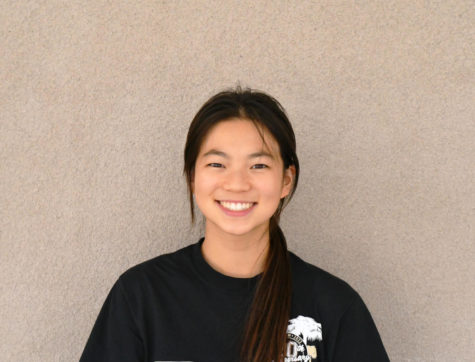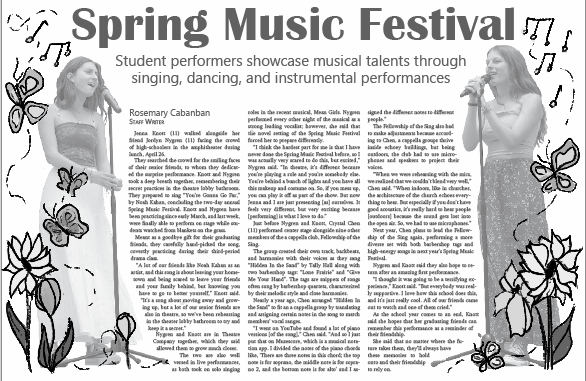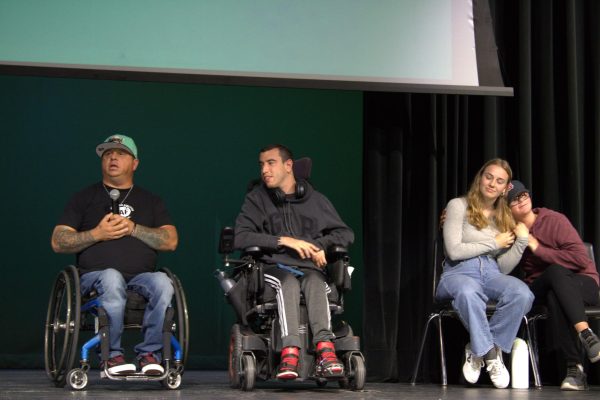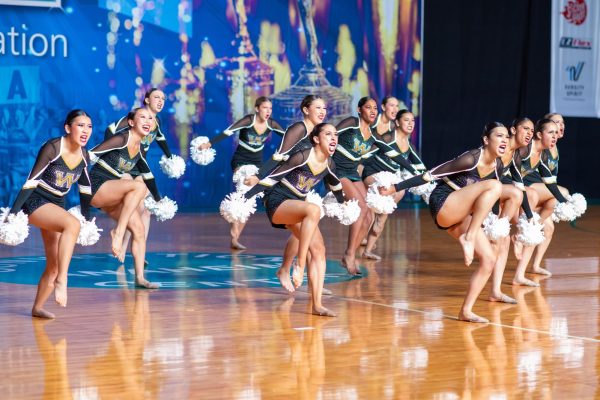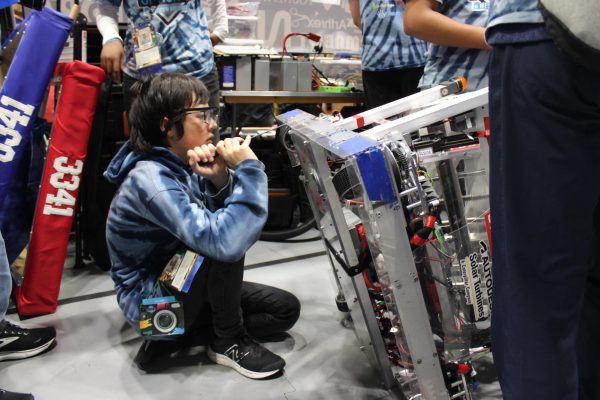Gear Up places second at Pacific Ridge
January 28, 2022
[metaslider id=”11401″]
At 3 a.m., Justin Siu (11) finally finished coding the detection protocol of the GearUp robotic team’s robot. Due to a busy finals week, he said he was unable to code the program until January 14, the night before the FIRST Tech Challenge league competition.
Siu transferred his finished file to the final program, confident that he copied it correctly, like he’s done the past four years.
Saved. But it wasn’t. He attempted to transfer his code from the integrated development environment (IDE) he was programming on to the separate code files for their robot. But Siu had mispressed his keys, copied the wrong code, and compiled the IDE program. The function he’d spent the night coding was gone, and once again, he would have to rewrite it. Finishing it took another two hours, but by morning, he felt prepared to compete.
Siu is the co-captain of the robotics team GearUp, composed of Westview juniors. They compete in the FIRST Tech Challenge, a robotics competition.
Every year, FIRST releases a new “game,” or tasks that a team’s robot must complete to score points. This year, the challenge, called Freight Frenzy, was conducted in a one-foot-tall fenced arena.
The competition begins with an autonomous period, where the robot runs solely on the team’s prewritten code.
GearUp’s software programmers, Justin Wu (11) and Siu, had to adjust last-minute when Wu tested positive for COVID-19.
“We hadn’t experienced a positive COVID test before this point and we were unsure what to do,” Siu said. “[Wu] tested positive the weekend before the competition and we still needed to redo the autonomous [portion of the code]. I was extremely stressed about how to get the autonomous code done on time, because Justin really plays a vital part in our team.”
Siu used machine learning in order to program the robot to recognize a barcode indicating which level a pre-loaded cargo, or a three inch plastic cube, should be placed in. After the initial recognition, the code would direct the robot to the shipping hub, placing the cargo in its assigned location.
“Our autonomous [code] wasn’t working initially, because we had issues with recognizing the [robot’s] position partially due to the lighting,” Siu said. “When we trained our robot, we did it in pretty dark conditions, so we had to end up lowering the threshold of confidence so that the machine would read it correctly. At the end though, it was just cool to see everything work.”
The second task, TeleOp, requires a driver. Tai Hsu (11) has been a part of GearUp for the past five years, and has been driving for four of them.
The goal of the driver for this year’s competition is to navigate the robot from the parked position against the wall to gather the cargo stacked near the back of the arena, with a remote controller. Once the cargo is within the robot’s box, it is transported to the team’s shipping hub for points.
The week before competition, Hsu discovered that he had a scheduled work shift, so he had passed the driver position to Nathan Mun (11). Mun is one of the team’s new additions for this season.
“For the first three hours [during the Saturday practice before competition], Sophie [Duan] and Nathan were practicing driving the root, but then I found out that I could come,” Hsu said. “It was pretty nice to be able to go, but it was also a lot of pressure because I really only had a few hours to practice. But I’m glad that other members got an opportunity to learn how to drive in case I ever can’t go.”
The final portion of the competition is the End Game, which is weighted the most points in comparison to the previous two tasks. In the End Game, the driver has to control the robot to carefully spin a carousel with loaded rubber ducks, earning points for each duck that lands on the floor. Additional points are also earned for parking the robot in the correct location at the end of the match.
To advance to the league tournament, the team needs to win eight matches over three competitions. GearUp had five rounds on their first competition day; they won their first and second, and lost the following two.
“We were two-and-two, and we wanted to end strong because we had put in a lot of work despite the circumstances,” Siu said. “We wanted to set the tone of the season with a winning record for the first tournament, so we definitely gave the last round our all.”
In the fifth round, GearUp was able to get all of the ducks off of the carousel and onto the game floor, scoring a total of 95 points in the End Game, a significant increase from the third round’s 19 points and the fourth round’s 58 points. Totalling 170 points, GearUp earned the highest scoring match of the day.
“I was really proud of our team,” Mun said. “I had seen a lot of our team put in a lot of effort and even the night before, we were still up, so I was happy about how it turned out.”



